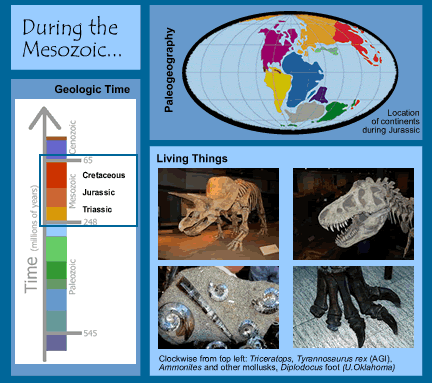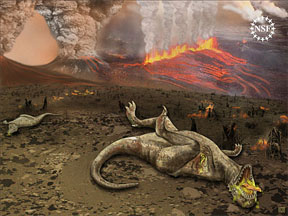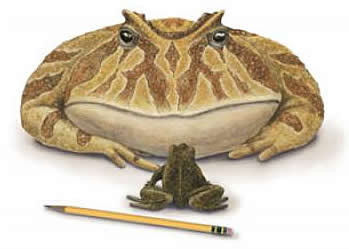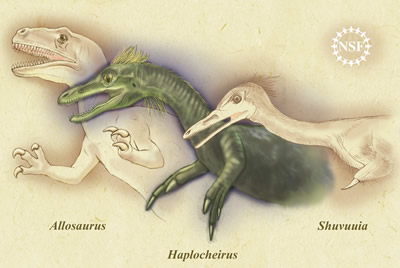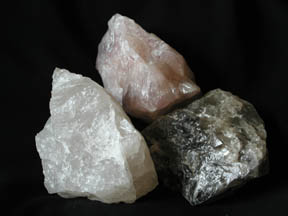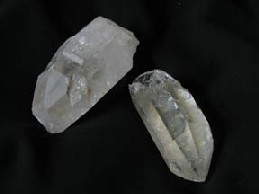Characteristics of the Mesozoic
Click on image for full size
L.Gardiner/Windows to the Universe
Click on image for full size
L.Gardiner/Windows to the Universe
Happenings During the Mesozoic Era (248-65 Million Years Ago)
Time:248 to 65 million years ago
(See the geologic timescale!)
Paleogeography:
When the Mesozoic began 248 million years ago, the continents were all joined
together. The continents moved very slowly apart during the Mesozoic because
of plate tectonics.
Climate:
- Earth was a pretty warm place during the Mesozoic. There were probably no glaciers. Fossils tell us that there were many animals and plants during the Mesozoic that were adapted to warm tropical environments.
- During the last part of the Mesozoic the climate warmed even more! The temperature was not very different between the poles and the equator.
- At the very end of Mesozoic time, the climate likely cooled. The Sun would was probably blocked for some time by the debris spewed into the atmosphere from a huge asteroid impact, a large amount of erupting volcanoes, or by both events.
Events:
- Dinosaurs roamed the planet! Some ate plants. Others ate meat.
- Birds evolved during the late Mesozoic from small meat-eating dinosaurs.
- Mammals evolved during the Mesozoic but there were few species and they were small in size. During the Mesozoic, mammals were likely a food for meat-eating dinosaurs.
- Conifer trees evolved at the beginning of the Mesozoic.
- The first flowering plants evolved towards the end of the Mesozoic.
- At the end of the Mesozoic Period, dinosaurs and many other plants and animals became extinct. Scientists don't know why so many animals and plants disappeared, but we do know that the Earth went through a lot of big changes at this time. These changes affected the Earth's climate, and the animals and plants that could adapt to the new conditions were able to become much more abundant.
Last modified August 23, 2009 by Jennifer Bergman.


